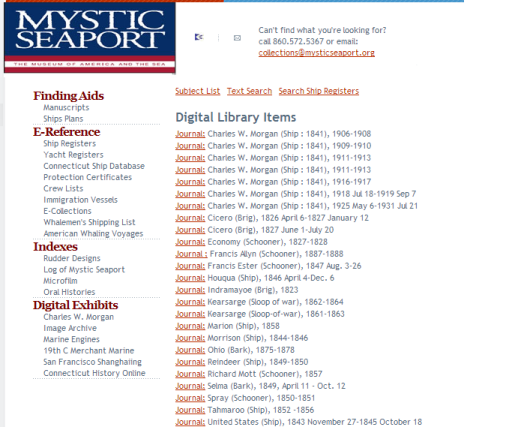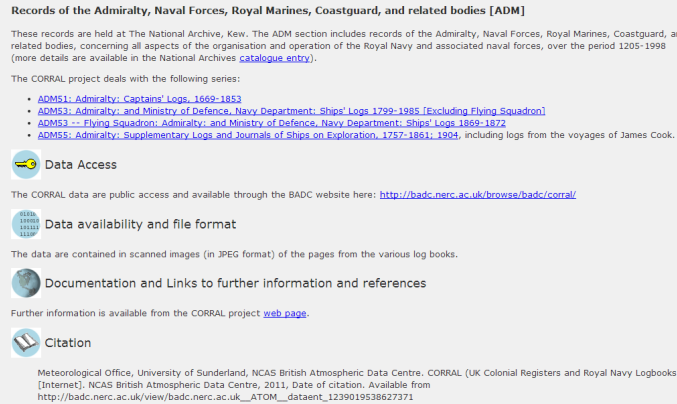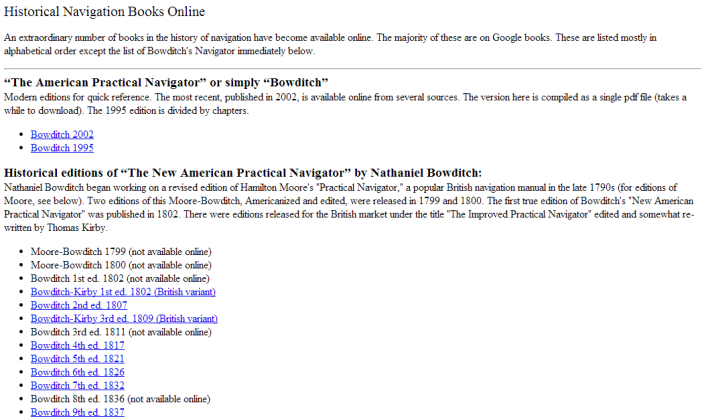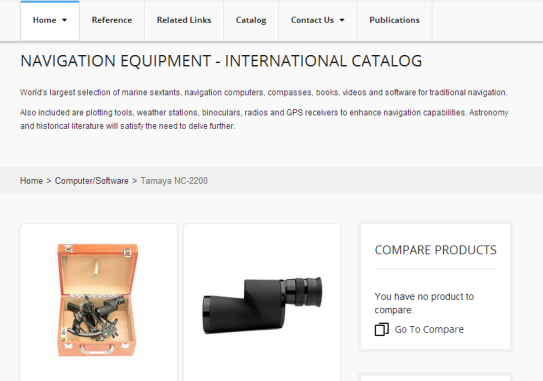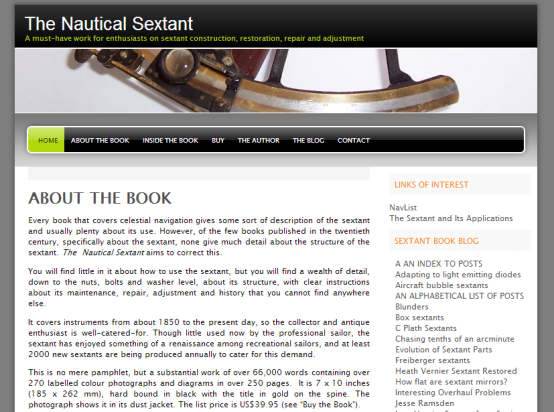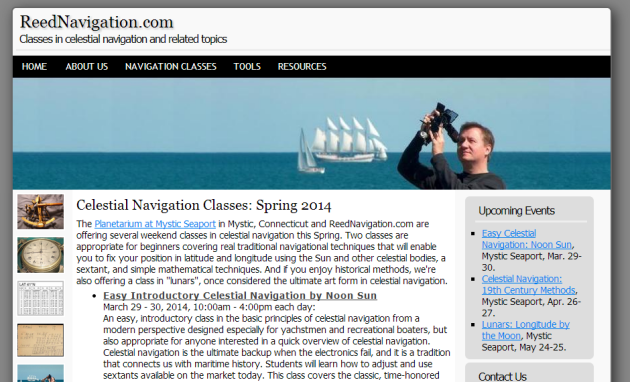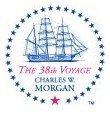
38Talk:
A Forum for Discussions among Voyagers and Others related to the 38th Voyage of the Charles W. Morgan
Re: Theseus' Ship; the Morgan; Fluid Texts
From: UNK
Date: 2014 Jul 6, 21:24 -0400
--
From: UNK
Date: 2014 Jul 6, 21:24 -0400
There's an old joke about an axe that was handed down from generation to generation, even though it had had three handles and two axe heads replaced along the way. Communities deal with this same issue with 'historic' houses - many of those in my suburban community have somehow accreted air conditioners, lead-free paint, and of modernity along the way, while somehow maintaining their claims to historicity.
I will be taking a portable sextant on board that was made in the late 1700's. It is in perfect working order except for a stripped thread on a crucial screw that clamps the index arm, noticed too late for a restorer to 'improve' the sextant so that it could be used for this trip, but some have argued that it should be left as is.
This reminds me of a related issue in musical performance, and whether one is doing violence to Bach's keyboard music by playing it on a modern piano - see this fascinating discussion with Andras Schiff about this, and the responses on line from the purists! http://www.youtube.com/watch?v=TdzLWKuo0YA. And when one moves on to vocal music and opera, it's clear that compelling modern performances are often completely different from those that were contemporary at the time the music was composed.
Lots to think about, both while we are on board and afterwards! I do hope that someone will give some thought to finding ways for those of us in nearby communities to get together to discuss our experiences. I'd be happy to host a gathering at our home in Needham, MA, if there is enough interest.
Dick
On Sun, Jul 6, 2014 at 8:06 PM, Michelle Moon <NoReply_MichelleMoon@fer3.com> wrote:
Hi everyone,I've been really interested to read the literary perspective on the significance of "originality" and fluid texts. Though it's new to me regarding literature, it mirrors a discussion in the world of museum theory - what does it mean for an object to be "authentic" or "original," and how much does that matter? Is an object's "realness" located in its materiality, or in the meanings constructed around it? (Plymouth Rock is a great example. It doesn't seem to have had anything to do with the Separatist colonists, but it has aggregated significant meanings over the decades, and is still an object with strong valence associated with a particular set of ideas and values despite its lack of a "real" Pilgrim history).Though objects do contain physical evidence which can yield information through human inquiry, very little meaning inheres in an object itself. We read meanings into objects, and maintain (or attempt to maintain) those meanings through a process of remembering and communicating about them. Few historic sites contain all original fabric. Many historic objects have been repaired, added to, chipped away at, or fundamentally changed. What does it mean to say an object, then, is "real?" This all gets pretty epistemological pretty quickly, but in general, it is the meanings we center on an object - and the agreements we have about it - as we focus activity on it that lend it "realness" or authenticity. It is one thing to stage the celebratory 38th Voyage of the Charles W. Morgan on the Charles W. Morgan. It would be another thing to stage the 38th Voyage of the Charles W. Morgan on the QEII. I would venture that most of us agree to perceive more important linkages, more continuity, more intentionality in the Morgan as object and as an intersection of a specific set of incidents and events through time - even with new pieces all over - than we would in the QEII.Michelle MoonOn Sun, Jul 6, 2014 at 6:31 PM, Peter Whittemore <NoReply_Whittemore@fer3.com> wrote:That the "space" the Morgan occupies is as real as any one timber of her hull might be, is a fascinating metafizzical and cosmically quizzical enigma.
From MD, the end of Chapter 70 "The Sphynx":
" O Nature and O soul of man! how far beyond all utterance are your linked analogies! not the smallest atom stirs or lives in matter, but has its duplicate cunning in mind."
also from Chapt 121 Midnight-The Forecastle Bulwarks:
Flask to Stubb, "Didn't you once say that whatever ship Ahab sails in, that ship should pay something extra on its insurance policy, just as though it were loaded powder barrels aft and boxes of lucifers forward? Stop, now; didn't you say so?
"Well, suppose I did? What then? I've part changed my flesh since that time, Why not my mind?"
So the space the Morgan occupies, like the figure-ground drawing where it's the faces that show us the vase, carries our individual and collective memory reality of the ship, and as we change each day, body and mind, so does the Morgan, hull and space/memory. Maybe we need to encounter that the Morgan can be newly re-launched every day.
I better stop there. Peter W.Date: Sun, 6 Jul 2014 14:31:20 -0700
Subject: [38Talk] Re: Theseus' Ship; the Morgan; Fluid TextsView and reply to this messageYes! somehow the Morgan occupies a very real space even though the material that makes the space is not "original." I also like the infinite renewability of wooden ships idea. I'll be looking for those original timbers, too.
yrs,
John
John Bryant, Professor of English
Founding Editor, Leviathan: A Journal of Melville Studies
Consulting Editor, The Melville Society, http://melvillesociety.org/
Director, Melville Electronic Library
Director, Hofstra Digital Research Center
Mason 204, Hofstra University, Hempstead, NY 11549; Tel: 516.463.5470
From: 38Talk@fer3.com <38Talk@fer3.com> on behalf of Matthew Bullard <NoReply_Bullard@fer3.com>
Sent: Sunday, July 6, 2014 4:41 PM
To: John L. Bryant
Subject: [38Talk] Re: Theseus' Ship; the Morgan; Fluid TextsView and reply to this message
On Jul 6, 2014, at 12:31 PM, "John Bryant" wrote:
But having said this, I want to know how many of us will want to see, touch, and feel some part of that 10-20% of the ship that Frank tells us is "original." Can we touch the keel, without jumping over board. (Melville, or rather Ishmael, has a chapter on the risks of knowing what the whale's spout is: you risk death finding out; but I won't get into that.
This has been a fascinating discussion. I think it is important to note that while the Morgan might be down to her last 10-20% original fabric, she has always been a ship. Whether or not this or that plank is original might not be as important as the fact that there has *always* been a plank there, and that collection of planks (and other stuff) has always resembled more or less the ship that was launched in New Bedford in 1841. I don't think the same can be said about the brig Niagara and I'm not sure about the Constitution (pretty sure she has never been fully deconstructed).
Matthew Stackpole said it best about the virtues of wooden ships: they are endlessly renewable. I took great comfort knowing that I was walking in the same spaces as my ancestors, even if some of the wood wasn't exactly the same.But you can go down in the hold and plainly see and touch original fabric without having to swim down and find the keel. There are some vertical support beams that are clearly very old and worn that have been left in place, and I was told they were original during our 30 April orientation day.
Matthew
Richard G. French
Dean of Academic Affairs
McDowell and Whiting Professor of Astrophysics
Cassini Radio Science Team Leader
341A Green Hall, Wellesley College
Wellesley, MA 02481-8203
(781) 283-3583



